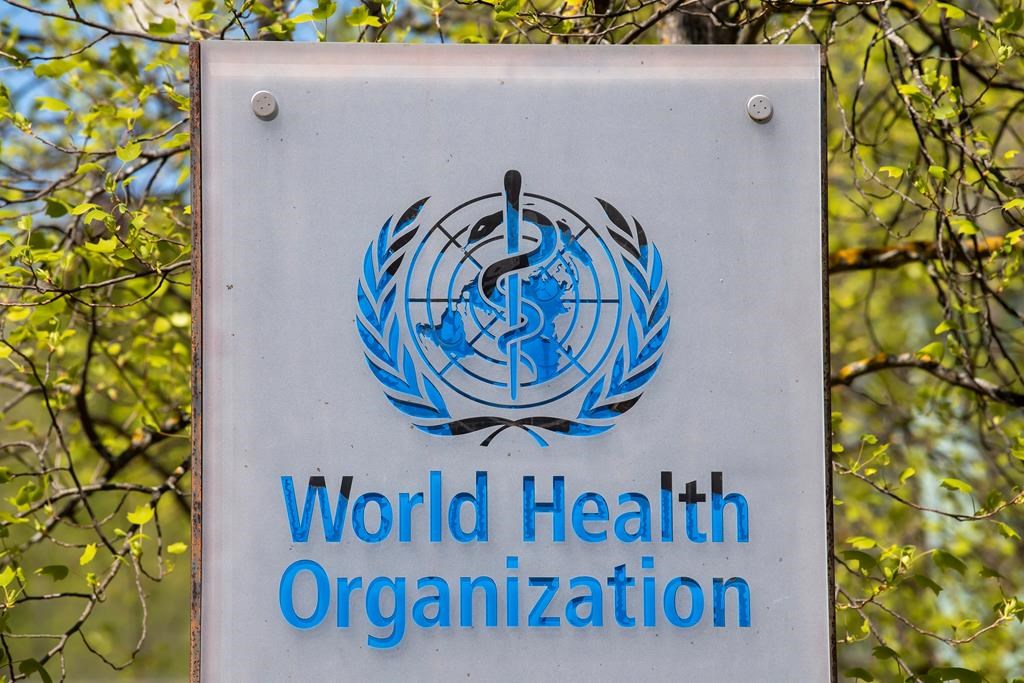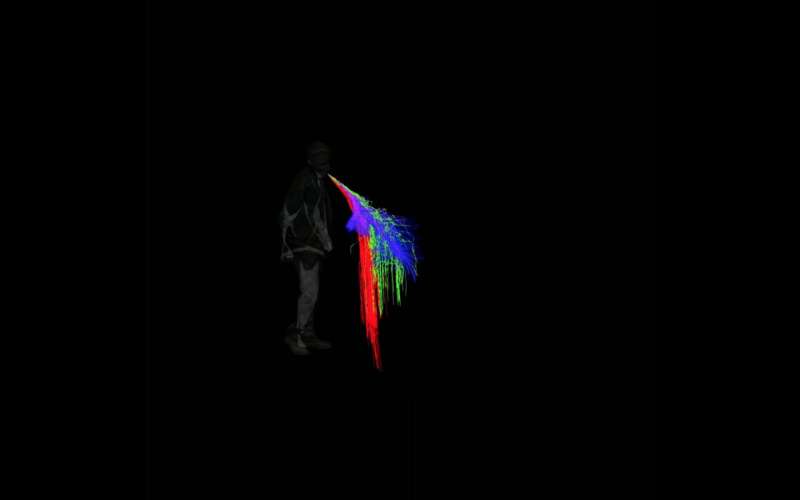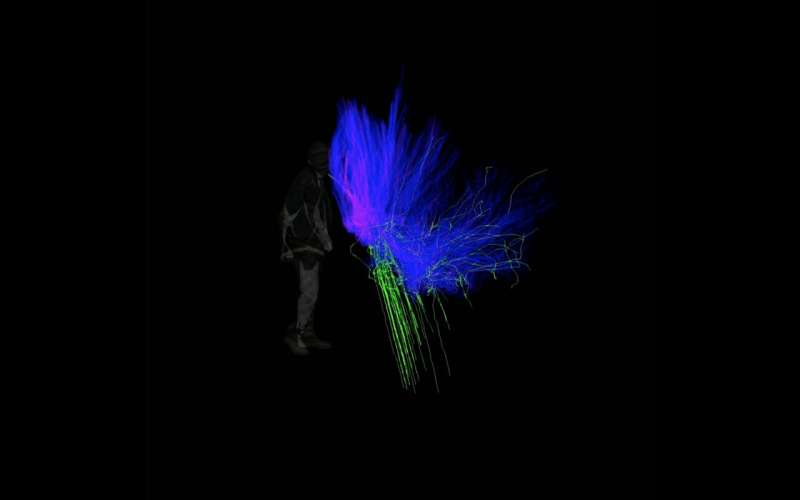By Stephanie Nebehay Reuters
Posted November 24, 2021 10:38 am

As children and adolescents are at lower risk of severe COVID-19 disease, countries should prioritize adults and sharing vaccine doses with the COVAX program to bring supplies to poorer countries, the World Health Organisation said on Wednesday.

Some rare cases of heart inflammation called myocarditis have been reported in younger men who received vaccines based on mRNA technoloy – Pfizer BioNtech and Moderna – but these were generally mild and responded to treatment, it said.
Although that risk had not been fully determined, it was less than the risk of myocarditis linked to SARS-CoV-2 infection, it said.
The WHO’s interim guidance was issued as more regulatory agencies authorize certain vaccines for use in children, including the United States, China, European Union, India and Israel, and most recently Canada last week.
“As children and adolescents tend to have milder disease compared to adults, unless they are in a group at higher risk of severe COVID-19, it is less urgent to vaccinate them than older people, those with chronic health conditions and health workers,” the WHO said. Children can experience “long COVID-19” with prolonged symptoms but this was still under investigation, it said.
Several risk factors for severe COVID-19 in children have been reported including older age, obesity and pre-existing conditions including type 2 diabetes, asthma and heart disease, it added.
Maintaining education for all school-aged children should be an important priority during the pandemic, although transmission mitigation measures might be needed in schools, the WHO said.
Given vaccine supply constraints, immunization programs should focus on protecting groups at high risk of hospitalization and death, the WHO said.
“As many parts of the world face extreme vaccine shortages, countries with high coverage in at-risk populations should prioritize global sharing of COVID-19 vaccines before vaccinating children, adolescents,” it said.
(Reporting by Stephanie Nebehay; Editing by Jon Boyle and Alex Richardson)
WHO says all countries remain vulnerable to intense transmission of COVID-19
Two-meter COVID-19 rule is 'arbitrary measurement' of safety

A new study has shown that the airborne transmission of COVID-19 is highly random and suggests that the two-meter rule was a number chosen from a risk 'continuum', rather than any concrete measurement of safety.
A team of engineers from the University of Cambridge used computer modeling to quantify how droplets spread when people cough. They found that in the absence of masks, a person with COVID-19 can infect another person at a two-meter distance, even when outdoors.
The team also found that individual coughs vary widely, and that the 'safe' distance could have been set at anywhere between one to three or more meters, depending on the risk tolerance of a given public health authority.
The results, published in the journal Physics of Fluids, suggest that social distancing is not an effective mitigation measure on its own, and underline the continued importance of vaccination, ventilation and masks as we head into the winter months in the northern hemisphere.
Despite the focus on hand-washing and surface cleaning in the early days of the pandemic, it's been clear for nearly two years that COVID-19 spreads through airborne transmission. Infected people can spread the virus through coughing, speaking or even breathing, when they expel larger droplets that eventually settle or smaller aerosols that may float in the air.
"I remember hearing lots about how COVID-19 was spreading via door handles in early 2020, and I thought to myself if that were the case, then the virus must leave an infected person and land on the surface or disperse in the air through fluid mechanical processes," said Professor Epaminondas Mastorakos from Cambridge's Department of Engineering, who led the research.
Mastorakos is an expert in fluid mechanics: the way that fluids, including exhaled breath, behave in different environments. Over the course of the pandemic, he and his colleagues have developed various models for how COVID-19 spreads.
"One part of the way that this disease spreads is virology: how much virus you have in your body, how many viral particles you expel when you speak or cough," said first author Dr. Shrey Trivedi, also from the Department of Engineering. "But another part of it is fluid mechanics: what happens to the droplets once they're expelled, which is where we come in. As fluid mechanics specialists, we're like the bridge from virology of the emitter to the virology of the receiver and we can help with risk assessment."
In the current study, the Cambridge researchers set out to 'measure' this bridge through a series of simulations. For example, if a person coughed and emitted a thousand droplets, how many would reach another person in the same room, and how large would these droplets be, as a function of time and space?
The simulations used refined computational models solving the equations for turbulent flow, together with detailed descriptions of droplet motion and evaporation.

The researchers found that there isn't a sharp cut-off once the droplets spread beyond two meters. When a person coughs and isn't wearing a mask, most of the larger droplets will fall on nearby surfaces. However, smaller droplets, suspended in the air, can quickly and easily spread well beyond two meters. How far and how quickly these aerosols spread will depend on the quality of ventilation in the room.
In addition to the variables surrounding mask-wearing and ventilation, there is also a high degree of variability in individual coughs. "Each time we cough, we may emit a different amount of liquid, so if a person is infected with COVID-19, they could be emitting lots of virus particles or very few, and because of the turbulence they spread differently for every cough," said Trivedi.
"Even if I expel the same number of droplets every time I cough, because the flow is turbulent, there are fluctuations," said Mastorakos. "If I'm coughing, fluctuations in velocity, temperature and humidity mean that the amount someone gets at the two-meter mark can be very different each time."
The researchers say that while the two-meter rule is an effective and easy-to-remember message for the public, it isn't a mark of safety, given the large number of variables associated with an airborne virus. Vaccination, ventilation and masks—while not 100% effective—are vital for containing the virus.
"We're all desperate to see the back of this pandemic, but we strongly recommend that people keep wearing masks in indoor spaces such as offices, classrooms and shops," said Mastorakos. "There's no good reason to expose yourself to this risk as long as the virus is with us."
The research team are continuing this research with similar simulations for spaces such as lecture rooms that can help assess the risk as people spend more time indoors.Free online tool calculates risk of COVID-19 transmission in poorly-ventilated spaces
More information: Estimates of the stochasticity of droplet dispersion by a cough, Physics of Fluids (2021). DOI: 10.1063/5.0070528
Journal information: Physics of Fluids
Provided by University of Cambridge
No comments:
Post a Comment